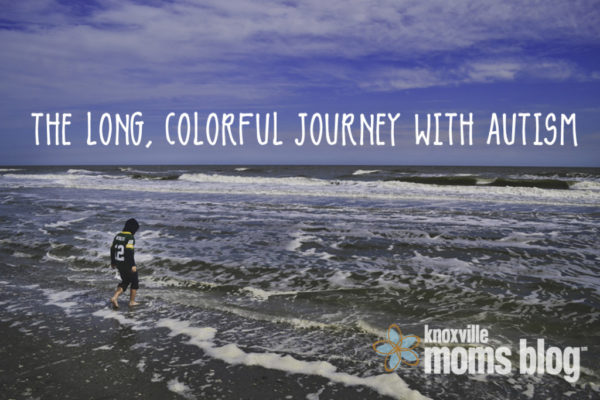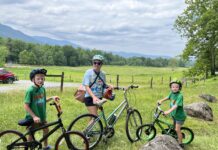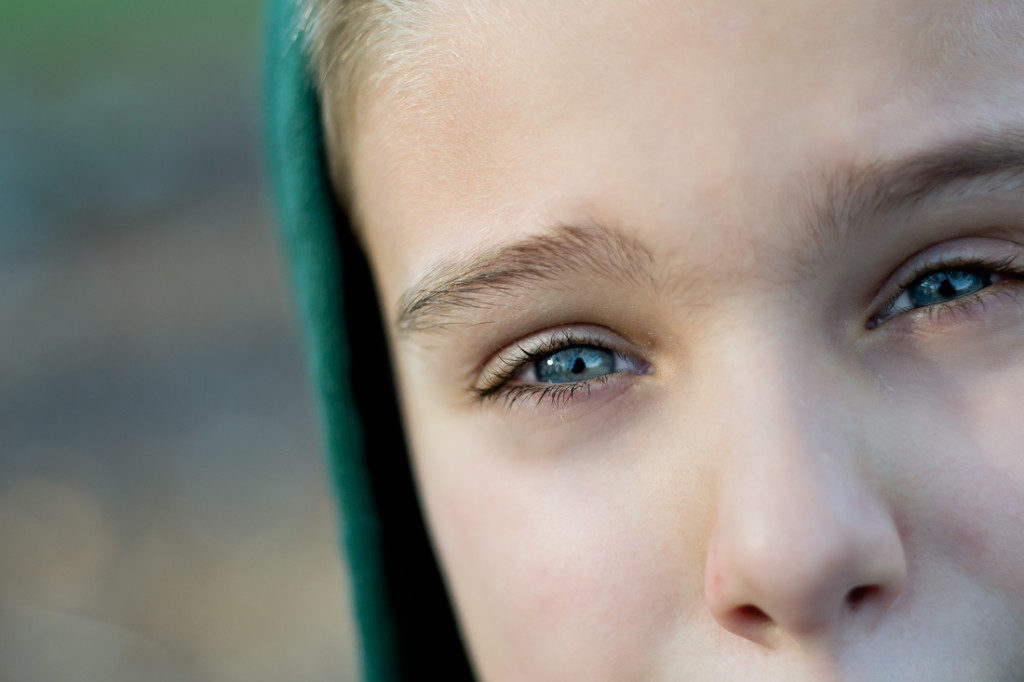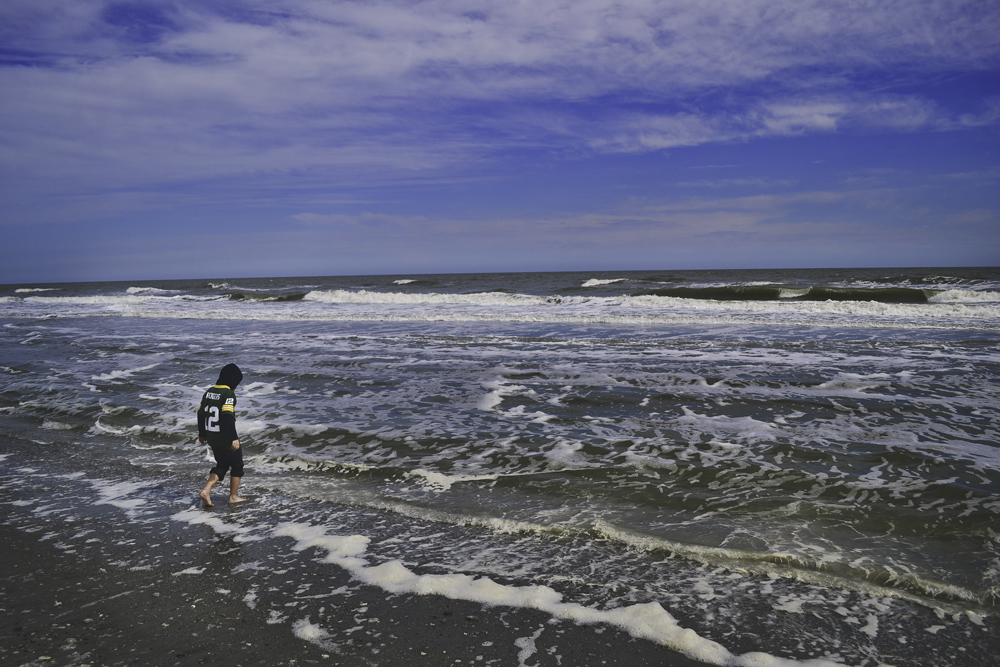 Our second son was born smiling.
Our second son was born smiling.
Actually, I don’t know that to be completely true since I wasn’t in the room when he was born, but by the time we got custody of him at 36-hours-old, he was bright-eyed and happy. His entire first year was full of giggles and grins.
Then, as if on cue, something changed when he turned one. The smiles were accompanied by screams, sometimes cheerful, other times distraught. The shift in his disposition was painfully noticeable, and as his mother, it was frustrating to consistently misunderstand him and his needs. He, too, was frustrated, so much that after he turned two-years-old and had gained little-to-no traction in communication — no “mama,” “dada,” “ball,” or “bye-bye” — we asked our pediatrician what we should do. On her recommendation, we took our toddler to a child psychologist.
At two-and-a-half years old, he was diagnosed “in the gray area” for autism. Essentially, it was a non-answer.
I knew he was struggling, but I wasn’t looking for a label. I needed solutions and strategies. Yes to early intervention, and yes to reading as much on autism as I could, but then what? What was the Autism Spectrum anyway? How wide was it? How deep?
Fast forward five years and we had a talking, reading, cheerful son who loved to dress up daily in superhero costumes and go by the name Gary. (His name is not Gary.)
Early intervention worked wonders for his speech, and homeschooling allowed us immense flexibility with the pace of his education. We took our time with handwriting and science, but moved quickly in vocabulary and math. Food was almost entirely homemade, and he always got plenty of sleep.
And yet, we still lacked helpful strategies, particularly when it came to issues with his temper. Whenever he was angry, particularly if he was provoked, he morphed into the Incredible Hulk. We called it his “Hulk Mode,” an infrequent but sudden switch from pleasant to destructive and back to happy again once the dust settled. My husband and I had no idea what to do with our spontaneous tornado, but we knew it was time to go back to a psychologist for advice.
At eight-years-old, we officially left the gray area and moved onto the Autism Spectrum.
Today, our 12-year-old is still a happy, chatty reader but he prefers football jerseys to superhero costumes and memorizes sports statistics like he’s prepping for Jeopardy. He’s a budding Vexillologist and participates in equine therapy to improve his balance, spatial awareness, and fine motor skills. He does better with less sugar and more sleep, and he has the biggest heart for animals — the kind of tenderness that brings crocodile tears upon flipping through a World Wildlife Fund catalog.
He also still has a Hulk Mode, and we know it will probably worsen when the hormones kick in full swing. (We’re currently enjoying a trial run with our 15-year-old in the hormone department.) However, through research and practice, we learned that erasing the temper is an impossibility. Rather, we endeavor to change the energy, to shift it, to help him find the calm spot in his chest and grow it. Too stern, and he cracks. Too soft, and it’s useless.
We are constantly trying to figure out what works and what doesn’t, a pattern that exists in all matters of parenting, but the stakes are higher here.
If the goal is to raise children to be productive, thoughtful, responsible adults, then we have to work extra hard to make sure our son can cook meals for himself, manage his own household, and get to work and pay his bills on time. Yes, that happens in stages, but considering it took seven years for him to learn how to tie his shoes — and it still takes all of his energy and attention to accomplish it — we don’t have time to waste.
Autism looks a dozen different ways depending on the child, a proverbial rainbow of shades and intensities. There is no one way to raise an autistic child, but those of us who have been tasked with the challenge are earning our stripes with the hope and prayer that we’re doing what’s right for our kids.




















